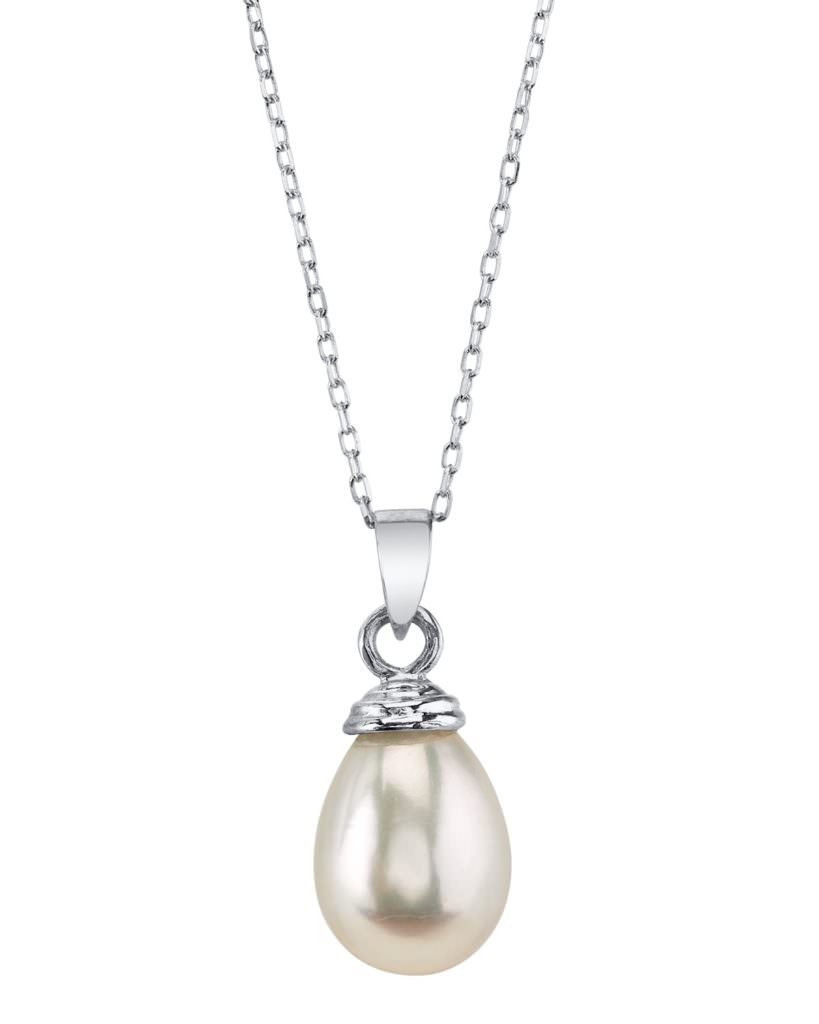When it comes to evaluating the value of freshwater pearls, understanding their surface quality is crucial. Surface quality refers to the cleanliness and appearance of the pearl’s outer layer. Jewelers and experts inspect pearls for various types of blemishes, which can significantly influence their value. These blemishes include cracks, bumps, spots, circles, wrinkles, and pits. A pearl with minimal blemishes is considered to have a clean surface, while those with more flaws are categorized differently.
What does surface quality mean when it comes to pearls? It refers to how “clean” the surface of the pearl appears. In order to judge a pearl’s surface quality (the surface of freshwater pearls too), jewelers look for various types of blemishes, including:
When a jeweler inspects the surface of freshwater pearls, if they’re full of flaws, the expert may deem them heavily blemished. One that’s relatively free of blemishes is considered to have one of the “clean” grades.
Blemishes found on pearls can be categorized into two main types: damaging and non-damaging.
Damaging blemishes on pearls have the potential to worsen over time. These imperfections are often a result of the pearl’s processing and jewelry creation. Common damaging blemishes include chips and cracks that occur during the drilling of holes in pearls for jewelry purposes.
Non-damaging blemishes, on the other hand, do not deteriorate over time. These may include bumps, spots, and wrinkles that remain consistent as the pearl ages. It’s important to note that not all blemishes diminish the beauty or value of a pearl, especially when it comes to freshwater pearls. These pearls typically take 2-3 years to fully develop, and the longer they remain in the oyster, the greater the chance of having only minor flaws or being nearly flawless, making them exceptionally rare.

The surface quality of a pearl plays a pivotal role in determining its overall value. It’s exceedingly rare for a pearl to be entirely free of blemishes. Generally, the fewer blemishes a pearl has, the higher its value. The condition of the freshwater pearl’s surface also affects its durability and overall worth.
A pearl with a smooth surface and a brilliant reflection is considered high-quality. However, nearly all pearls exhibit some level of blemishing. When shopping for pearls, it’s essential to assess how visible these blemishes are. To measure the degree of blemishing, the Gemological Institute of America (GIA) uses a four-category classification system:
Clean pearls are those with no blemishes, or any imperfections are so minuscule that they are not discernible to the naked eye. These pearls are of the highest quality and are prized for their flawless appearance.
Lightly spotted pearls may have minor imperfections, but these imperfections are typically only noticeable when closely examined by a professional under specific conditions. They are still considered high-quality pearls.
Moderately spotted pearls have a few visible blemishes that can be seen without the aid of magnification. While they may have imperfections, they can still be quite valuable, depending on the overall luster and other factors.
Heavily spotted pearls exhibit obvious signs of major imperfections on their surface. These blemishes are easily visible without magnification and may significantly impact the pearl’s value.
In summary, the surface quality of freshwater pearls is a key factor in determining their value. While nearly all pearls exhibit some level of blemishing, the degree to which these imperfections are visible affects the pearl’s overall quality and desirability. Understanding the GIA classification system can help buyers make informed decisions when shopping for freshwater pearls.
Common blemishes found on the surface of freshwater pearls may include cracks, bumps, spots, circles, wrinkles, and pits. These imperfections can vary in size and severity, influencing the pearl’s overall appearance and value.
In most cases, blemishes on freshwater pearls cannot be repaired or removed without compromising the pearl’s integrity. It’s essential to choose pearls with a surface quality that meets your expectations, as significant blemishes may affect their value.
To evaluate the surface quality of freshwater pearls, closely examine them under good lighting conditions. Look for visible blemishes and imperfections. If possible, seek the expertise of a jeweler or use a magnifying glass to make a thorough assessment.
Heavily spotted freshwater pearls, which exhibit significant blemishes, are generally considered less valuable than clean pearls with minimal or no visible imperfections. Clean pearls are prized for their flawless appearance and higher overall quality. However, the value of a pearl is also influenced by other factors such as size, luster, and shape.
Signup now and receive an email once I publish new content.